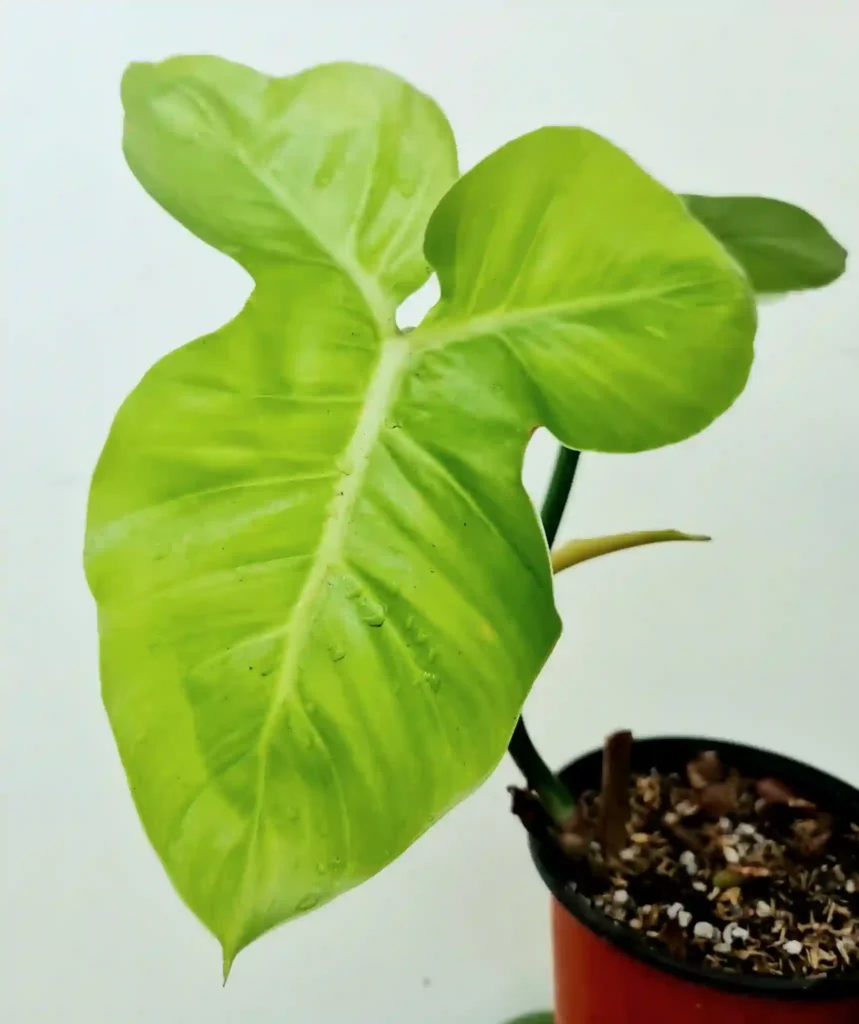FAQs of Cucurbita Palmata
Cucurbita Palmata, often known as the Indian Squash or Pumpkin Squash, is a fascinating plant that can be a valuable addition to any garden. As a passionate gardener, I’ve come across many questions about this plant, from its care to its culinary uses. Let me share some insights based on my personal experiences.
19 Species in Genus Cucurbita
What Is Cucurbita Palmata?
Cucurbita Palmata is a type of squash native to the Americas, specifically the tropical regions. It’s known for its large, round fruits with a somewhat tough rind. This plant belongs to the Cucurbitaceae family, which includes other squashes, cucumbers, and melons. What makes Cucurbita Palmata unique is its ability to thrive in warm climates and produce a bountiful harvest.
How to Care for Cucurbita Palmata?
Caring for Cucurbita Palmata involves a few key steps to ensure healthy growth and a good yield. First, this plant prefers full sun, so choose a sunny spot in your garden. The soil should be well-drained and rich in organic matter. Incorporate compost or aged manure to improve soil fertility.
Watering is crucial for Cucurbita Palmata. Keep the soil consistently moist but not waterlogged. Drip irrigation works well for this plant. Additionally, mulch around the base of the plant can help retain moisture and suppress weeds.
Regular feeding with a balanced fertilizer can boost growth, especially during the flowering and fruiting stages. Be on the lookout for pests like squash bugs and powdery mildew, which can affect your plant. If you notice any issues, treat them promptly with appropriate organic or chemical solutions.
How to Propagate Cucurbita Palmata?
Propagating Cucurbita Palmata is relatively straightforward. You can start by planting seeds directly in the ground after the danger of frost has passed, or start them indoors 6-8 weeks before the last frost date. If starting indoors, use peat pots or seed trays filled with a seed-starting mix.
Plant the seeds about an inch deep and keep them warm and moist. Once seedlings emerge, they should be transferred to larger pots or directly to the garden when they have a few sets of true leaves and the outdoor conditions are favorable.
How to Cook Cucurbita Palmata?
Cooking Cucurbita Palmata can be a delightful experience. The flesh is rich and flavorful, making it perfect for a variety of dishes. Here’s a simple method to get started:
- Roasting: Cut the squash in half, remove the seeds, and place it cut-side down on a baking sheet. Roast at 400°F (200°C) for about 45 minutes to an hour, or until tender. You can season it with salt, pepper, and olive oil before roasting for added flavor.
- Soup: Cube the squash and sauté with onions, garlic, and your favorite spices. Add vegetable or chicken broth, bring to a boil, and then simmer until the squash is tender. Blend the mixture until smooth for a creamy soup.
- Puree: Cook the squash until soft, then scoop out the flesh and blend it into a puree. This can be used in pies, breads, or as a base for sauces.
What to Plant With Cucurbita Palmata?
Cucurbita Palmata can be a bit of a space hog, so it’s essential to choose companion plants wisely. Good companions include beans, which can help with nitrogen fixation, and corn, which provides vertical growth and can offer some shade. Avoid planting it near other squashes or cucumbers to reduce the risk of disease and pest issues.
Can You Grow Cucurbita Palmata Indoors?
Growing Cucurbita Palmata indoors can be challenging due to its size and light requirements. While it’s possible to grow it in a large container with adequate light and space, it’s usually more successful outdoors where it has room to spread out and access full sunlight.
Is Cucurbita Palmata Toxic?
Cucurbita Palmata is not considered toxic. However, like many squashes, the seeds and unripe fruit can sometimes cause digestive issues if consumed in large quantities. It’s always best to cook the squash thoroughly to avoid any potential problems.
Benefits of Cucurbita Palmata
Cucurbita Palmata offers several benefits. Nutritionally, it’s rich in vitamins A and C, fiber, and antioxidants, which contribute to a healthy diet. Additionally, growing this plant can enhance your garden’s biodiversity and provide a unique and flavorful addition to your meals.
Common Problems with Cucurbita Palmata
Common problems with Cucurbita Palmata include pests like squash bugs and diseases such as powdery mildew. To combat these issues, regular monitoring, proper spacing, and organic treatments can be effective. If you notice yellowing leaves or reduced fruit production, these could be signs of disease or nutrient deficiencies.
Comparing Cucurbita Palmata with Other Squashes
When compared to other squashes like Cucurbita Maxima or Cucurbita Pepo, Cucurbita Palmata has a denser texture and a more robust flavor. It also tends to be more tolerant of warm climates, making it a great choice for tropical and subtropical regions.
In summary, Cucurbita Palmata is a versatile and rewarding plant to grow. Whether you’re interested in its culinary potential or its benefits to your garden, it’s worth giving this squash a try.
If i die, water my plants!



